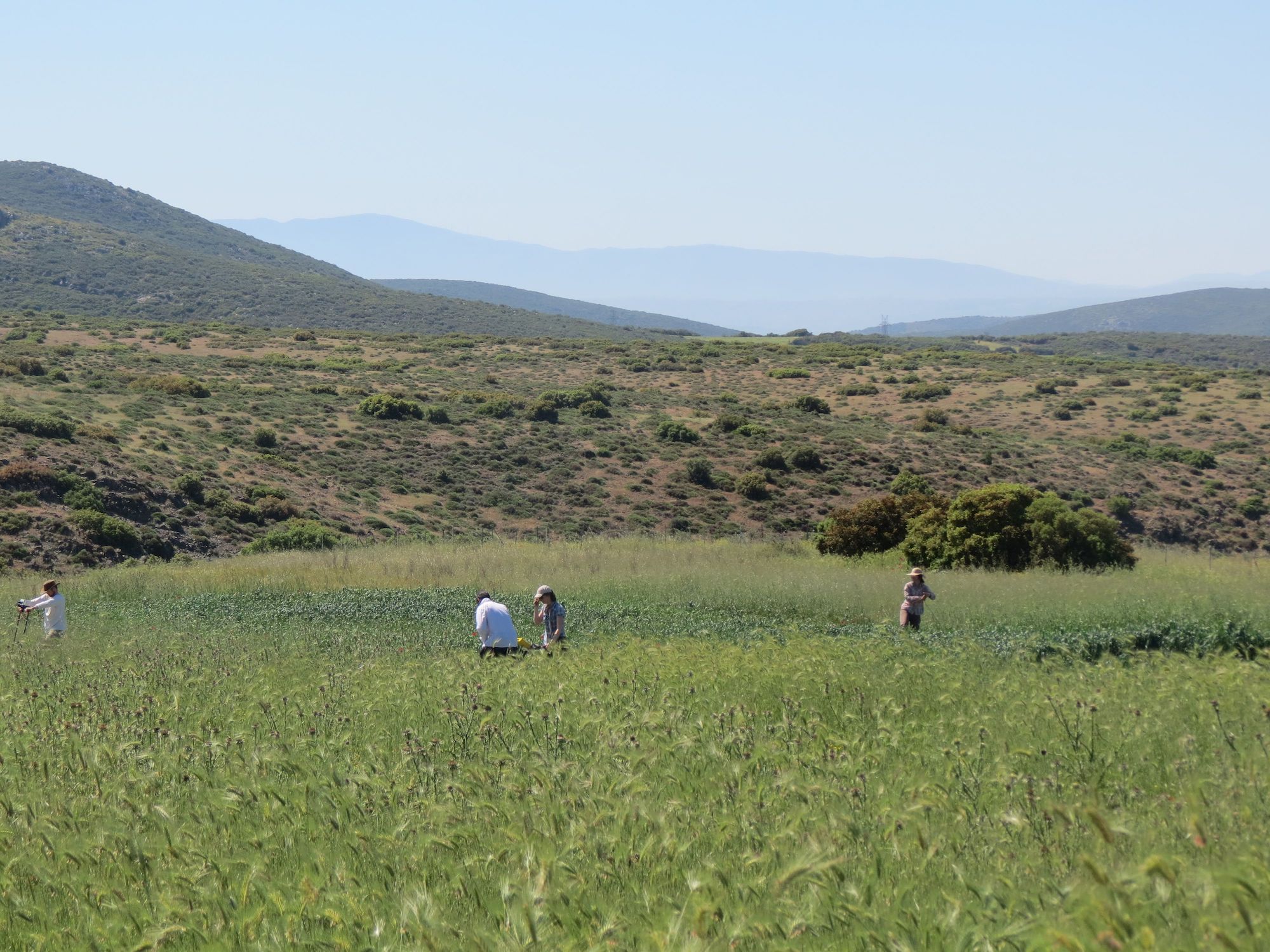2. Work in Progress
Abstract
Daphne VLANTI, D.Phil, (University of Oxford)
The Burial Rite of Enchytrismos in Attica, Euboea and Boeotia during the Late Geometric and Archaic Periods.
Towards an Understanding of its Social Significance.

Published
2022-07-04
How to Cite
2. Work in Progress. (2022). Teiresias Journal Online, 1(1). Retrieved from https://www.uni-muenster.de/Ejournals/index.php/tjo/article/view/4313
Issue
Section
Sections
License

This work is licensed under a Creative Commons Attribution-NonCommercial 4.0 International License.

